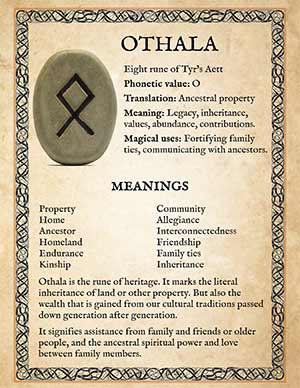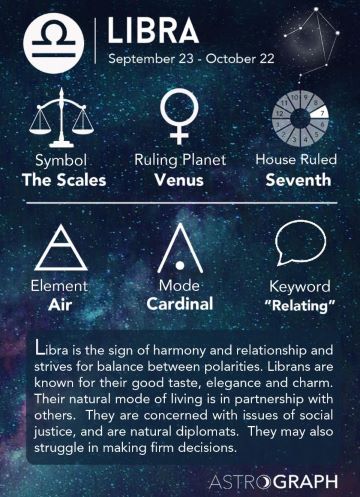I think it is more likely that being a ''sayer' was a title, as it was with the Fryas, and the völves, and that it was taken as a name in the OLM. To change the verb for talking to fit their leaders name or how she was called by Fryas is more farfetched. I find it plausible that apart from Siarad, Kelta was a common title for any Celtic mother or (sjaman)woman too, and that the story could describe a bigger 'movement' within the European peoples. The Finda (who I now believe are the Slavs mostly, though I suspect a link between Wend, Venedi, Veneti, Unetice, Venice and Phoenician is possible) represent a strange people with different religion and an existential threat by tribute and slavery. The Celts and Norse 'converted', as a brotherpeople. Greece/mediteranean had a different story told by the Minerva story, the challenge was more intellectual. The Adela followers, the Fryas, needed to preserve a record of these developments in a clear way.
Adela (or any of the famous mothers) might then (partially) be a concept too. Maybe western european Rosamund, or greek Hera -who's name could be derived from 'the mothertribe' (g)Hermania? Or, Adela can represent or nicely fit with an existing conception of the superego, or kingship, ones nobility ruling over the ego, passions and ideals(Kelta), that appreciates knowledge(Minerva). I want to find out if other Celtic peoples, middle and south Europeans, Macedonians, Goths or Lombards could have a similar saying like the one I'm hypothesising-something to make them feel as brotherpeople
(edit)
from Koebler Gerhard Altfries
- ādêl 1 und häufiger, ā-dê-l
, afries., st. M. (a): nhd. Legat (N.); ne. legate (N.) (2); E.: s. ā- (6), dê-l; L.: Hh 1b
, afries., F.: nhd. Gesetz; ne. law (N.); Vw.: s. -fre-th-o, -hê-r-a, -seg-a, -skê-d-ene; Hw.: s. ê-w-a, a-ft, a-fte, a-ft-ig-ia; vgl. ēwa* (1), as. êo, ae. ǣ (2); Q.: W, R, E, F, H, S; E.: s. germ. *aiwa-, *aiwaz, st. M. (a), Recht?, Gesetz?; idg. *oiu̯ā, F., Gesetz, Norm, Bündnis, Pokorny 296; vgl. idg. *ei- (1), *h₁ei-, V., gehen, Pokorny 293; L.: Hh 1a, Hh 153, Rh 584a
- dêla 70 und häufiger, dê-l-a
, afries., sw. V. (1): nhd. teilen, urteilen, erkennen, verurteilen; ne. share (V.), sentence (V.), grant (V.); ÜG.: lat. dīvidere L 6, L 15, iūdicāre K 3; Vw.: s. bi-, fon-, for-th-, gad-er-, of-, to-, tō-, ur-, ur-bek-, wi-ther-; Hw.: s. dê-l-inge, un-dê-l-ed, un-e-dê-l-ed; vgl. got. dailjan, an. deila (2), ae. dǣlan, anfrk. deilen, as. dêlian, ahd. teilen; Q.: S, F, R, B, E, W, H, L 6, L 15, K 3, AA 44; E.: germ. *dailjan, sw. V., teilen; s. idg. *dā-, *dāi-, *dī̆-, V., teilen, zerschneiden, zerreißen, Pokorny 175; W.: nfries. deelen, V., teilen; W.: saterl. dela, V., teilen; L.: Hh 15a, Rh 683a, AA 44
(second edit)
It keeps coming up in my head so I wanted to relate the connection I can't help seeing possible between "Adela", 'Othala'(the realm) and Libra which has an Omega symbolising Ewa. (this even brings to mind 'Alpha et Omega')

- Othala-meaning-printable-page.jpg (28.58 KiB) Viewed 1424 times

- Libra-InfoGraphic.jpg (52.55 KiB) Viewed 1424 times
[/color]
Myth is a vision, in the way a human understands and remembers; a narrative. Discourse was mostly oral those times. So it's not exactly history, spiritual or filosophy, but all in one,'supertrue', better than separate imo, something to cherish, better than a fysical icon/totem too. OLM has less frills, so probably less artifact therefore then even the Illiad.
So (early) OLM could be a combination of true events and myth. In real history, there may have been grey areas, like some Fryas and brotherpeoples like germans and Goths were somewhere inbetween teachings of Adela, Minerva and Kelta. The Keltas still kept Rosamund, even Minerva(Minerva Solis in Bath), the Norse kept Freya. The Slavs have Freya too. I think Greek godesses, Dionysus, Apollo, Mercurius etc may have been attempts to mix some popular old and imported myths too I believe, as tribes mixed. Also some Findas and Keltas might not be as subversive or despotic as portrayed, and some of their business was well meant or justifiable, but it would be just what their ways would come down to in the wise opinion of Fryas, told in a way to make that (valid) point more clear. So it still is 'true'; a Minerva, Kelta etc might have actually existed or physically represented by someone, but they may embody (added on)principles, a social current, a pact, or ethnicity more.